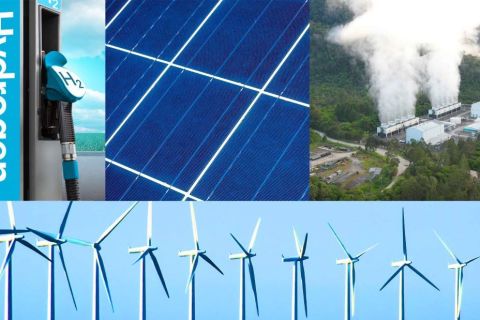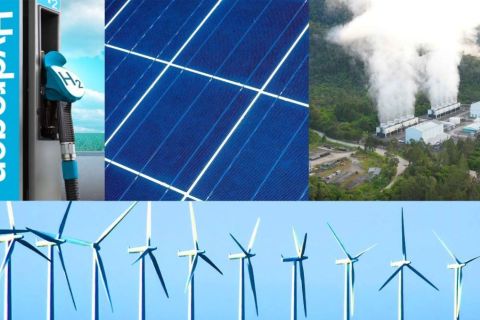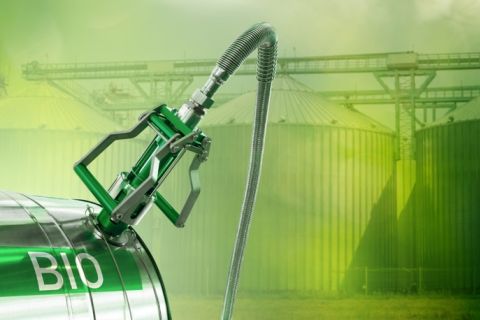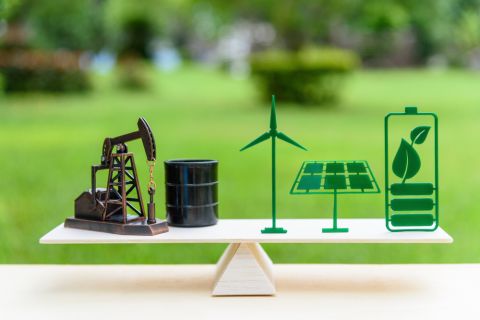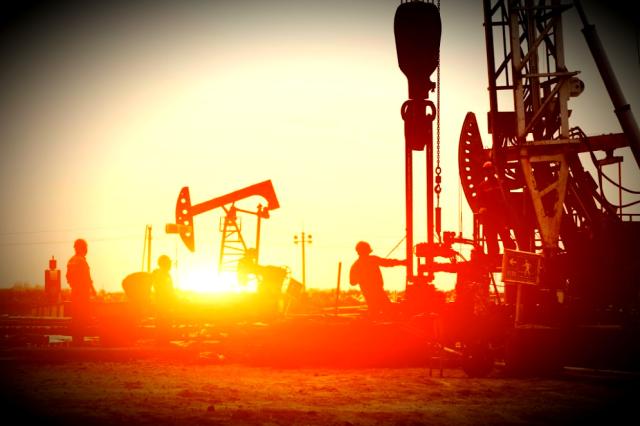
The more things change, the more they remain the same, wrote Leslie Haines in her monthly column for Oil and Gas Investor. (Source: Shutterstock.com)
[Editor's note: A version of this story appears in the January 2020 edition of Oil and Gas Investor. Subscribe to the magazine here.]
In preparing the special report that comes with this issue, “The Permian at 100: The Play That’s Changing Everything,” I had occasion to search through some back issues of Oil and Gas Investor. Sometimes it seemed they were written yesterday.
“Given the oil and gas industry’s history of returns vs. other industries, and the fact that many investors may now see more downside than upside in commodity prices, the appetite of investors for holding E&P equities isn’t all that strong now, nor is the high-yield market for smaller operators.”
No doubt you’ve assumed this is a typical and familiar comment ripped from the pages of analyst reports seen in the past few weeks and months? No. This observation was made 20 years ago, in the April 2000 issue! It came from energy banker James Mercurio of Bank of America (before the merger with Merrill Lynch), who spoke to Oil and Gas Investor for a cover story on capital trends. The more things change, the more they remain the same.
At the time, bankers were anticipating that oil prices would average in the mid-$20s per barrel (bbl) through the year 2000, with natural gas trading around $2.50 per thousand cubic feet.
Today, WTI is trading around $59/bbl, three times more than in 2000, but natural gas prices are no better. Sadly, investor sentiment has not improved either—not after two decades of progress in the form of enhanced well completions, the shale revolution, artificial intelligence, data analytics, a focus on returns as much as growth, and on and on. It appears that oilfield history is repeating itself, and each new generation of E&P managers and investors has to relearn the old lessons.
The whole industry certainly enjoyed a great run in the middle of those 20 years though. Optimism surged, peak oil was forgotten, money poured in and each new shale play was greeted with exuberant press releases. These were followed by more drilling rigs going to work, which in turn led to astonishing results as costs fell and EURs rose.
But back in that April 2000 issue of Oil and Gas Investor, two analysts from Petrie Parkman & Co. wrote an article for us in which they argued that “amid profound investor disenchantment, time was running out for independents to get back to basics, that is, to generate a return on capital rather than a return of capital.” They focused on free cash flow as a key metric, saying if E&Ps can deliver free cash flow, they will differentiate themselves from their peers.
So, here we are again, at the start of another year and a new decade, still searching for cash-flow-positive companies.
But some things have changed. U.S. oil production is forecast to rise by as much as 930,000 bbl/d to an all-time high of 13.18 MMbbl/d this year, although that number gets revised every month by the Energy Information Administration.
Another big change from 20 years ago is that the industry is not just saying it will move into manufacturing mode, it’s doing it. At the same time, more companies have managed to reduce greenhouse gas emissions to their lowest level in a generation.
Now, companies are tasked with slowing down the completions pace in order to deliver a higher return and at the same time, improve safer operations to ensure fewer methane leaks and less natural gas flaring.
Maybe slowing down is good for the goose, but not for the gander. Permian Basin production started 2019 at 3.8 MMbbl/d, according to IHS Markit, and ended above 4.4 MMbbl/d. But the base production decline rate is getting faster, and was expected to be approximately 1.5 MMbbl/d by the end of 2019—a staggering 40% base decline rate in one year, the firm said, adding that E&Ps should now consider what they must spend to keep production flat.
Most of the key themes companies have set forth for 2020 are the same ones that were being touted five years ago. After attending the Howard Weil energy investor conference in 2014, our colleague, Richard Mason, reported that the themes then, for 150 presenting companies, were these: efficiency, execution (doin’ it factory-style), optionality for gassy assets as gas prices neared $4.50, weather, and most telling: “turning the corner from putting money into the ground to getting money out of the ground.”
What did we just say about change? The biggest difference now is that the whole U.S. gas picture has been upended, what with the surge in the Marcellus, Utica and Permian plays. Last year TC Energy (TransCanada) completed the Mountaineer Xpress and Gulf Xpress pipeline expansions, hiking takeaway capacity from the Northeast to the Gulf Coast by nearly 900 MMcf/d. At press time, the new LNG export plant near Savannah, Ga., was about to ship off its first cargo. And further, the Grey Oak line was about to start up.
So, the race is on now for 2020—production surplus is dueling with the drilling pace and making money.
Recommended Reading
Energy Transition in Motion (Week of March 1, 2024)
2024-03-01 - Here is a look at some of this week’s renewable energy news, including Chevron’s plans for a solar-to-hydrogen facility in California.
Energy Transition in Motion (Week of Feb. 9, 2024)
2024-02-09 - Here is a look at some of this week’s renewable energy news, including the latest on a direct lithium extraction technology test involving one of the world’s biggest lithium producers and the company behind the technology.
Bunge, Chevron Announce FID on Oilseed Processing Plant
2024-03-05 - Bunge Chevron Ag Renewables' facility will be used to manufacture low carbon renewable fuels from oilseed.
Braya Renewable Fuels Begins Commercial Operations at Revamped Refinery
2024-02-23 - The Come By Chance refinery in Newfoundland and Labrador produces renewable diesel instead of petroleum diesel.
Energy Transition in Motion (Week of Feb. 2, 2024)
2024-02-02 - Here is a look at some of this week’s renewable energy news, including a utility’s plans to add 3.6 gigawatts of new solar and wind facilities by 2030.

